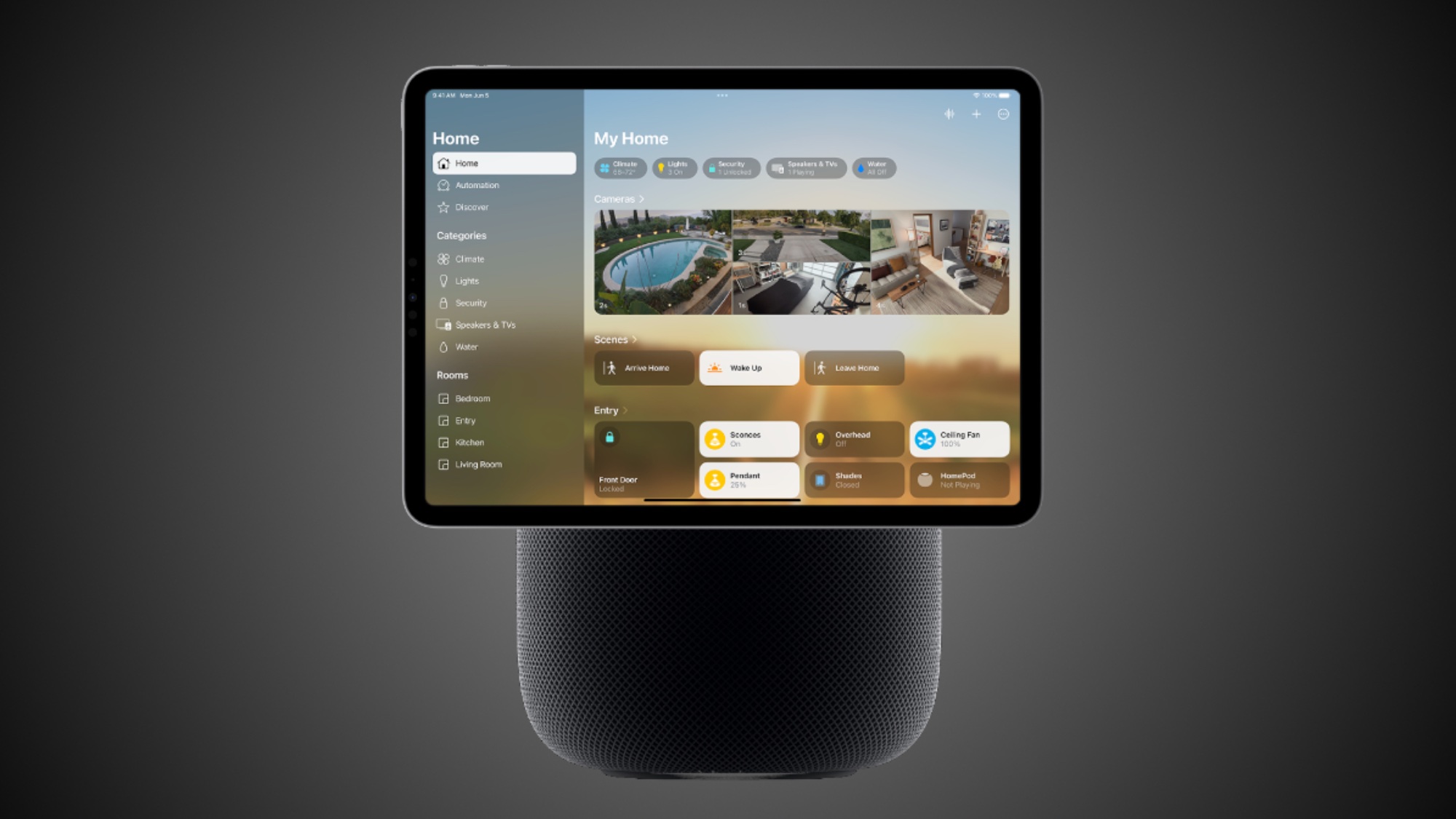New wearable skin lets you touch things in VR and and be touched, too

Scientists at the Swiss Federal Institute of Technology Lausanne have invented an ultra-thin second skin that can deform and adapt to your moving body. The skin is designed to give you touch feedback that feels natural without using electronic vibration.
This could be the breakthrough that VR headsets have been missing.
Published in the journal Soft Robotics, the research describes a soft skin that is less than 500 nanometers in thickness. The skin is equipped with pneumatic actuators that will actually make you feel are touching something real, rather than just the simulation of an electronic haptic engine, which doesn’t really feel like the real thing at all. The artificial skin also has integrated sensors that sends data used to modulate the pressure. The scientist claim this is the first time this has been accomplished.
The engineers’ prototype claim that they can offer touch feedback in real time at a 100Hz frequency and with a force of one newton, the force needed to accelerate one kilogram at one metre per second squared in one direction.
According to the research, their “SPA-skin is a multifunctional multilayer system that can readily be implemented as a high-speed wearable bidirectional interface for contact sensing and vibrotactile feedback.” In other words, if you wear gloves or a suit made of this artificial skin, it will allow you to feel a surface in a virtual reality world. Or something touching you.
The skin will not stop you from moving your fingers, though. When the actuators get activated, they inflate the membranes to give you the illusion of touch but it won’t stop you from moving your fingers beyond the surface of the object.
The scientists don’t give any timelines about when this could be made into a mass-produced device. Researcher Harshal Sonar says that “the next step will be to develop a fully wearable prototype for applications in rehabilitation and virtual and augmented reality.” He also added that they are looking to test the prototype in neuroscientific studies. The scientists anticipate that doctors will be able to “stimulate the human body while researchers study dynamic brain activity in magnetic resonance experiments.”
Get instant access to breaking news, the hottest reviews, great deals and helpful tips.
You can be sure that — if it really works like they say it works — this wearable skin will reach the market very soon. After all, touch is the last piece needed for virtual reality’s true killer application. Just last week we got a first-hand look at how you can use your hands as controllers for the Oculus Quest headset.
If this can be made into a viable product, VR could finally take the world by storm.
Jesus Diaz founded the new Sploid for Gawker Media after seven years working at Gizmodo, where he helmed the lost-in-a-bar iPhone 4 story and wrote old angry man rants, among other things. He's a creative director, screenwriter, and producer at The Magic Sauce, and currently writes for Fast Company and Tom's Guide.

